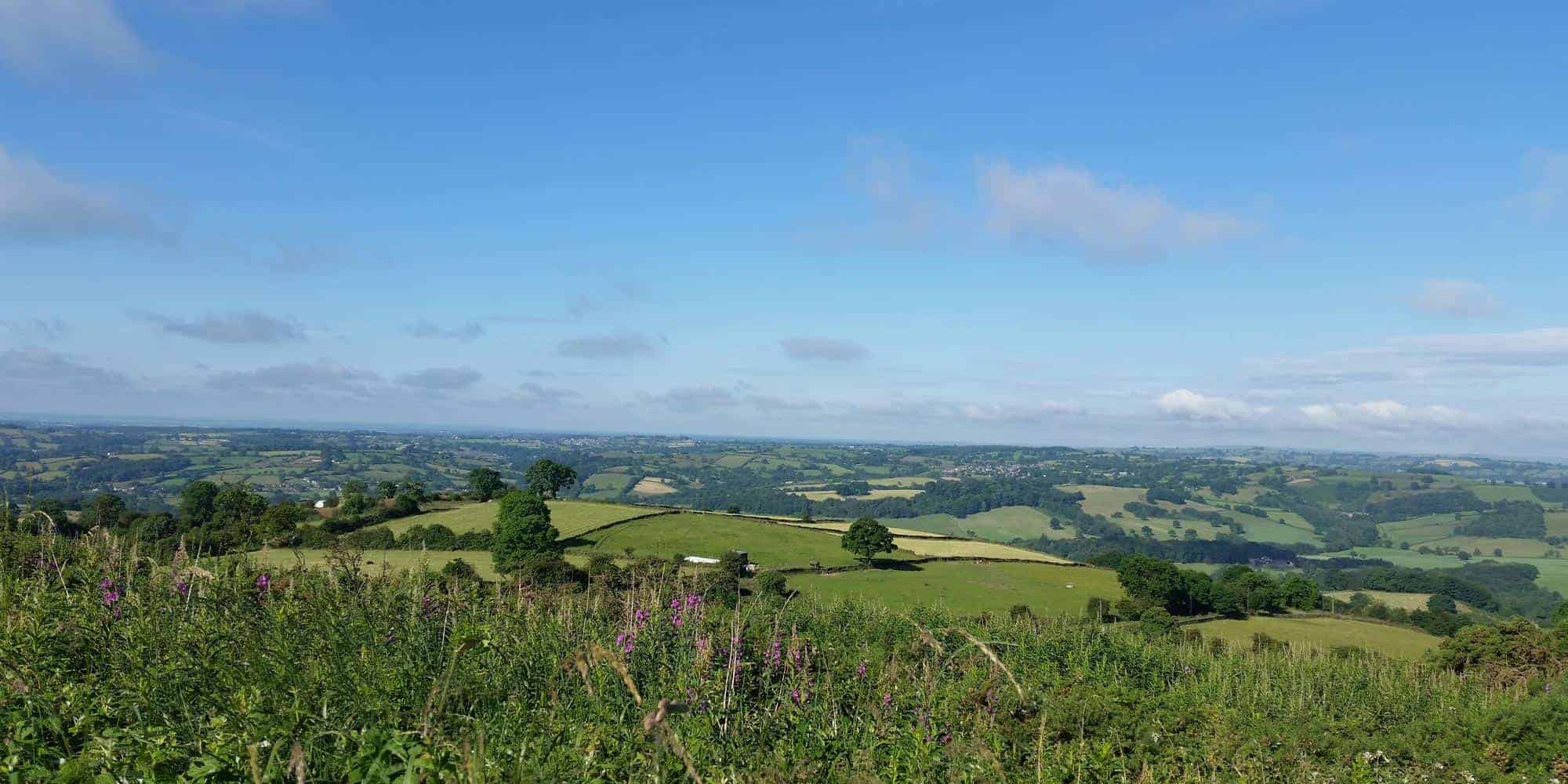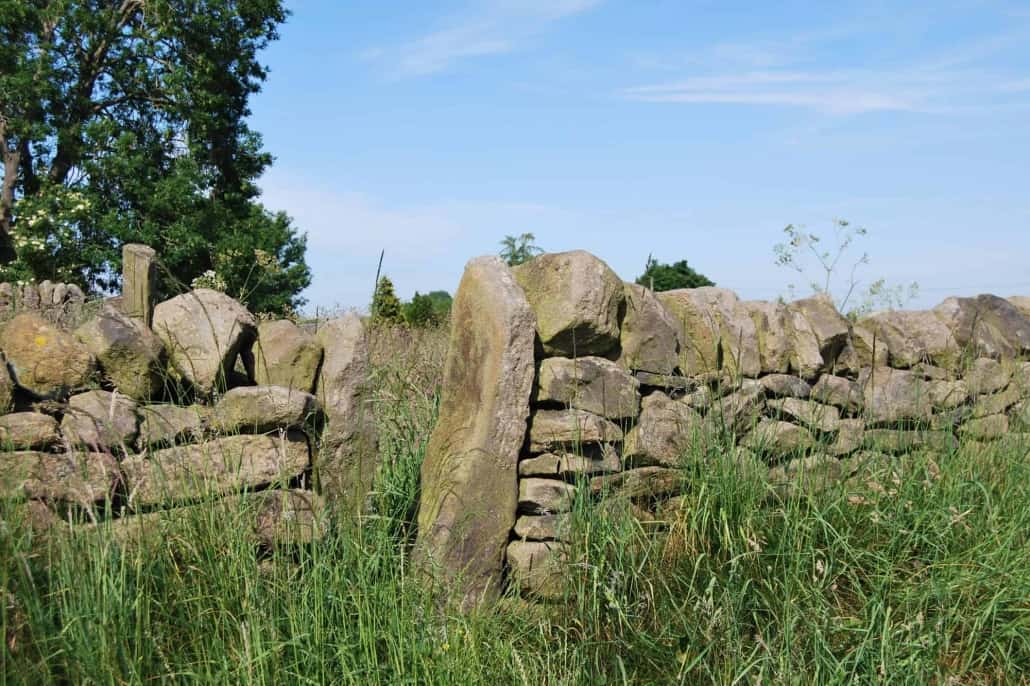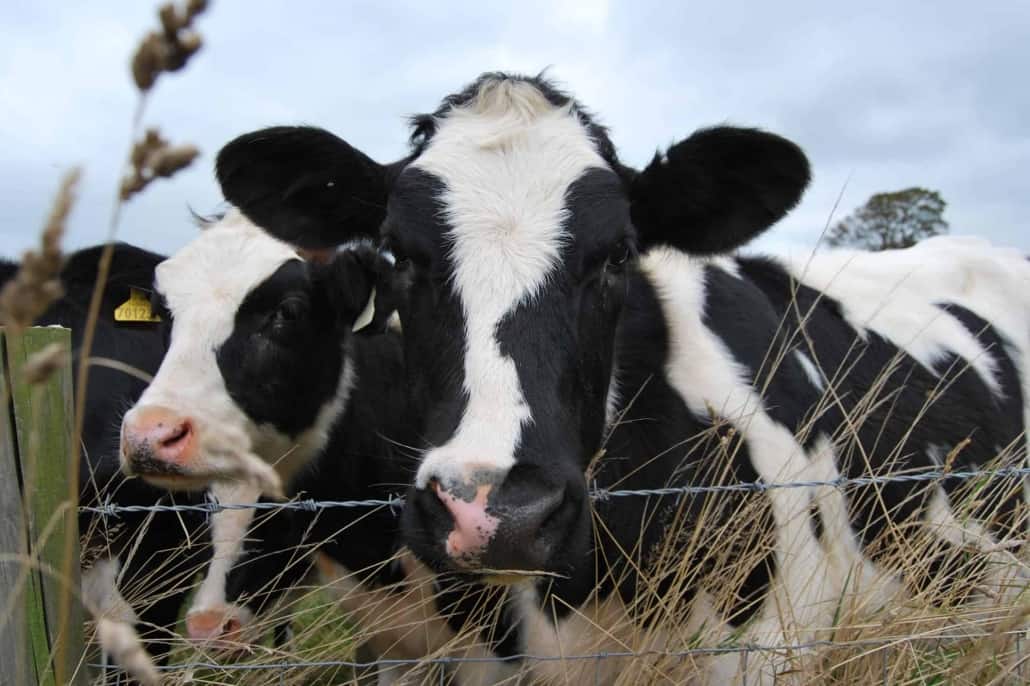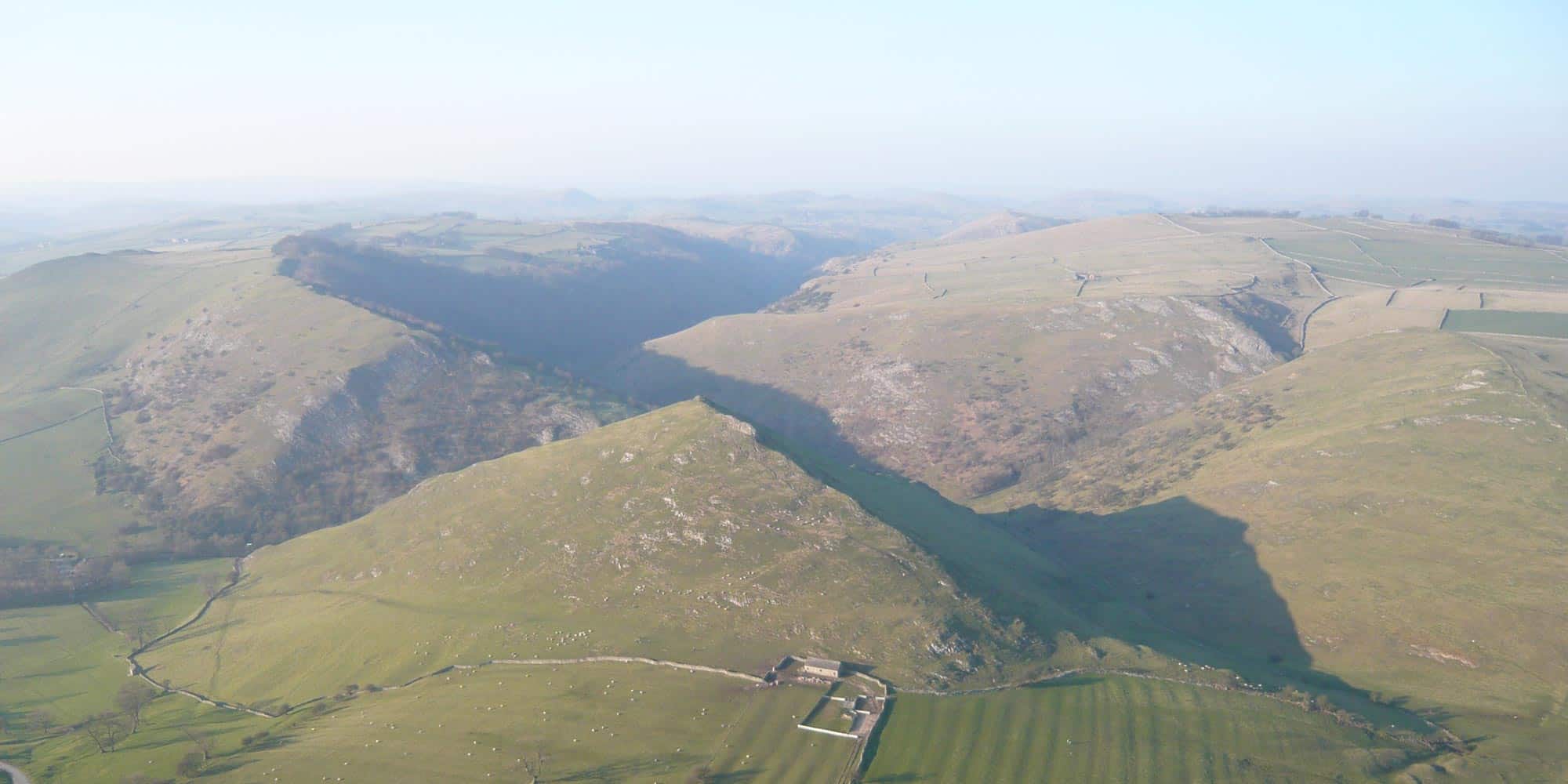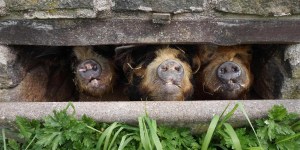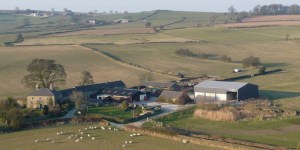The Peak District
In 1951 the First National Park was declared, the Peak District.
This fascinating and beautiful landscape covers around 550 square miles in the heart of England. Shaped by natural forces and rock around 300 million years ago, the highest point reaches over 2000 feet at Kinder Scout.
This popular national park is visited by thousands of people every year. Yet, it still manages to be keep a feeling of peace and tranquility . Traditional towns and villages merge with remote quiet locations, to provide something for everyone. From Bustling market towns, to stunning countryside landscapes abundant with dry stone walls. All this adds up to make the Peak District one of the most unique places in the UK.
The areas within the Peak District are generally referred to as three seperate sections. You can easily travel between them without even noticing. Each one holds a different beauty and charm.
The Dark Peak
The Dark Peak consists of high Gritstone moorland and flat shale valleys. This makes it unique from the other peak district areas in that that shale is completely waterproof. This creates valley reservoirs seen throughout the area in varying sizes.
These are beautiful scenic areas and well worth a visit. Covered with thick Peak, the Moorland feed the rivers and streams. Due to the acidity few plants grow in the area. It is the Dark Peat and rocks gives this area of the peak district it’s name.
The White Peak
The White Peak lies on the regions limestone rock, with steep sided dales and open farmland. It is the limestone which gives this area its name. The rock was deposited around 360 million years ago where it lay under a shallow sea.
With a white grey appearance, the rocks of this area are abundant with fossilised remains of sea creatures and plants. If you look carefully, many can be see within the stones of the dry stone wall field boundaries.
The White Peak also contains many woodland areas and interesting plants and fauna.
The South West Peak
The South West Peak area tends to be a diverse mixture of wooded areas, moorland, Tor’s, deep valleys and meadows. It is split into high and low sections.
The lowland areas tend to be pastoral with farms and small villages occupying a lot of the area. This area tends to have shale underneath the surface.
Higher ground tends to be blanket bog, gritstone walls and wide fields. You’ll find these are scattered with routes and tracks used by its occupants many years ago. In contrast to the lower areas, gritstone is the predominant stone in the high areas.
The Peak District is a unique place to visit and stay
Whatever your reason for visiting, there’s no denying the peak district is a unique part of England. With a mix of rolling countryside, deep valleys and towering hills, the scenery is quite spectacular. Whether you are on a walking holiday, business, or a romantic break, the Peak District will deliver in every way.

